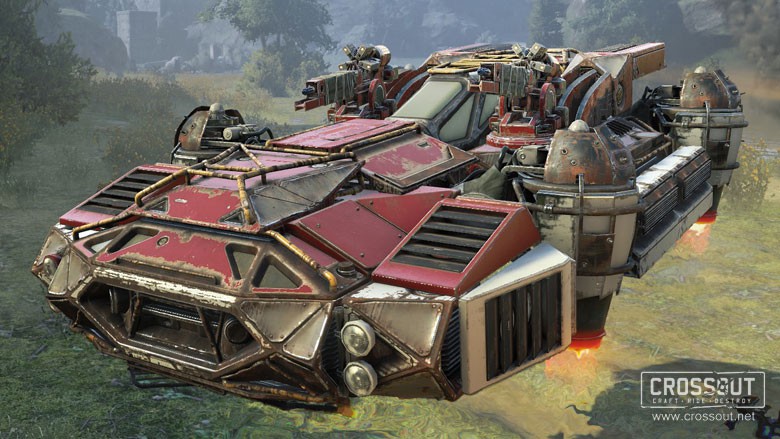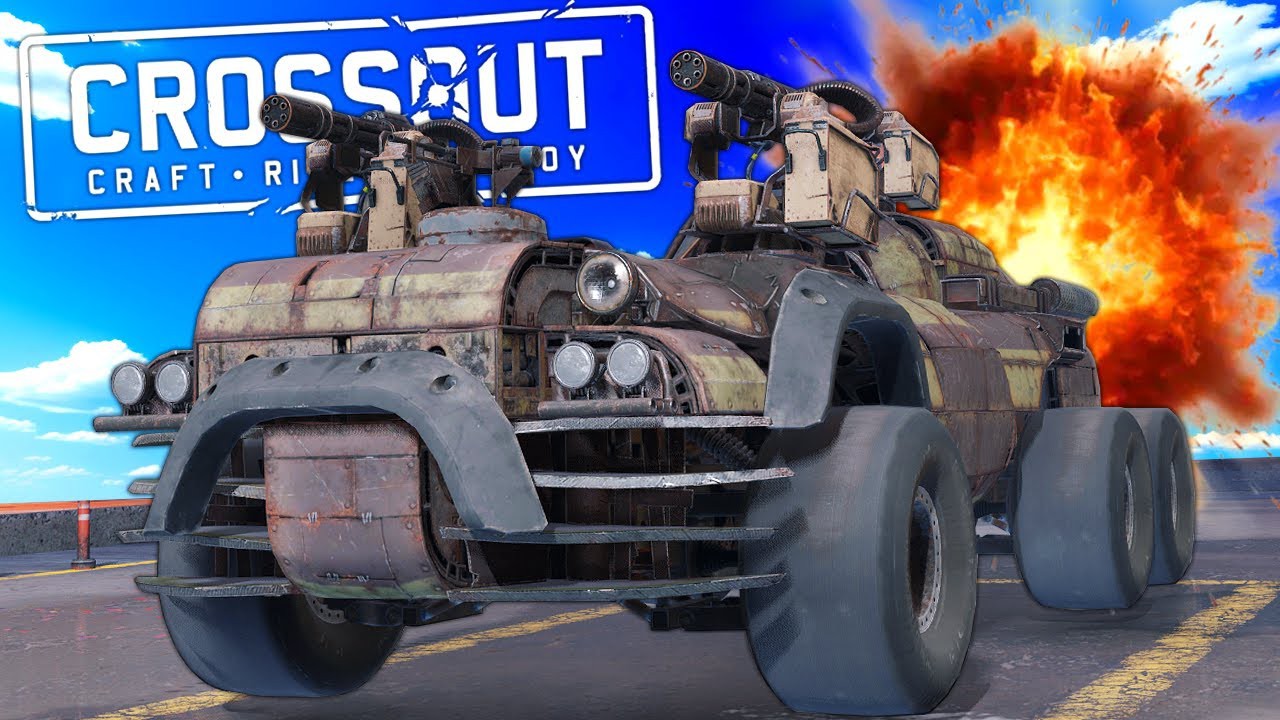THE GREATEST REVIEW TO EVER LIVE
The heart of Crossout lies in its utterly vast sandbox of vehicle customization. From the foundations—frames, wheels, tracks—to the weapons, armor, cabins, and decorative elements, players can craft unique war machines limited only by imagination (and available resources). Want a ramming beast with a chainsaw on the front? Go for it. Prefer a sniper-like setup with machine guns on a tracked base? You can build that too.
This depth is highlighted in user reviews like the one on MMOs.com, which praised its “in‑depth sandbox vehicle customization” as a major proyoutube.com+8mmos.com+8dlh.net+8. Every part you attach has functional effects—weight, power draw, mobility, weapon angles—and altering your vehicle in the garage becomes a satisfying puzzle in itself. People commonly boast about blending aesthetics and mechanics: a Mad Max-style survivor vehicle or a sleek, high-mobility sniper. The result is a strong personal connection with your creation, as you're not just playing a character—you’re piloting your own engineered beast.

Once you’ve built your machine, Crossout offers a wide range of engaging game modes. PvP matches include “Encounter,” “Assault,” and team deathmatches with objectives, each demanding different vehicle setups and strategies. This variety ensures that no two battles feel the same.
The game also includes PvE missions like convoy escorts, raids, and time-limited contract challenges. For example, the “Heist” mission has you infiltrating a fortified settlement under a time constraint—a thrilling test of both planning and driving. Variety keeps the gameplay loop fresh: craft → battle → refine → repeat, and switch between modes to suit your mood or current build.
Notably, the Steam Early Access launch announcement highlighted multiple map types, including open arenas ideal for snipers and labyrinths better for ambushers. Combined, these modes deliver satisfying, unpredictable combat that rewards both creativity and tactical thinking.

 4720
Play
4720
Play
Crossout’s economy is built around crafting, trading, and player interactions, giving a satisfying sense of progression. Everything—from frames to weapons—can be found, crafted, or traded. A global marketplace allows players to sell rare parts or blueprints, while the in-game workshop lets you experiment and refine builds.
This system encourages strategic resource gathering: You can farm specific parts via missions or jack up weapon pieces to sell. As you collect parts, you unlock more powerful equipment and better blueprints, which in turn enables stronger builds with higher performance scores.
MMOs.com noted that the “player‑driven economy” and “crafting and trading” aspects are central featuresmmos.com. There’s a compelling feedback loop: better equipment leads to better performance in battles, which yields more loot and currency, and leads to even better builds. Plus, trading adds a community element—browsing, negotiating, and meeting other players directly in the marketplace or in-game.


